How to Make an Interactive Ebook App
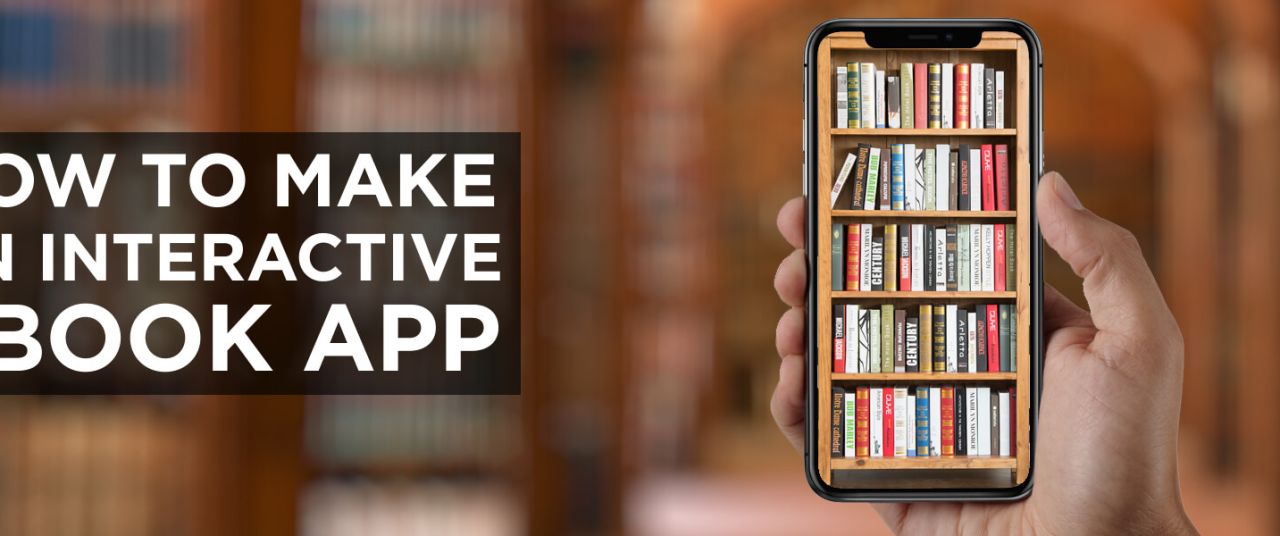
If you want to have a library in your pocket, you should read this article. You will learn how to create an ebook app with focuses ranging from horror to fairy tales. Read this to learn the basics of an interactive ebook and how they improve upon traditional books. This article will not just teach you the steps for developing app components such as features and tech stacks; it will provide some ideas for your future interactive ebook app.
Contents
- What is an interactive ebook?
- Benefits of making an interactive ebook app
- Ebook app development steps
- Features and interface elements
- Technology stack for ebook app development
- Cost of creating an ebook app
- Interactive ebook app ideas
What is an interactive ebook?
First, let’s establish the fundamentals. Ebooks are essentially digital books that can be read using any device with a screen. Simply having a copy of a book on your phone or tablet gets boring, however; interactive ebooks have the capacity to scroll, explain, show video and read themselves.
In the USA and Europe, IT specialists were the first to create ebooks. The first one produced—the United States Constitution—was manually typed. The first interactive book to sell for more than $1 million was The Professional Chef.
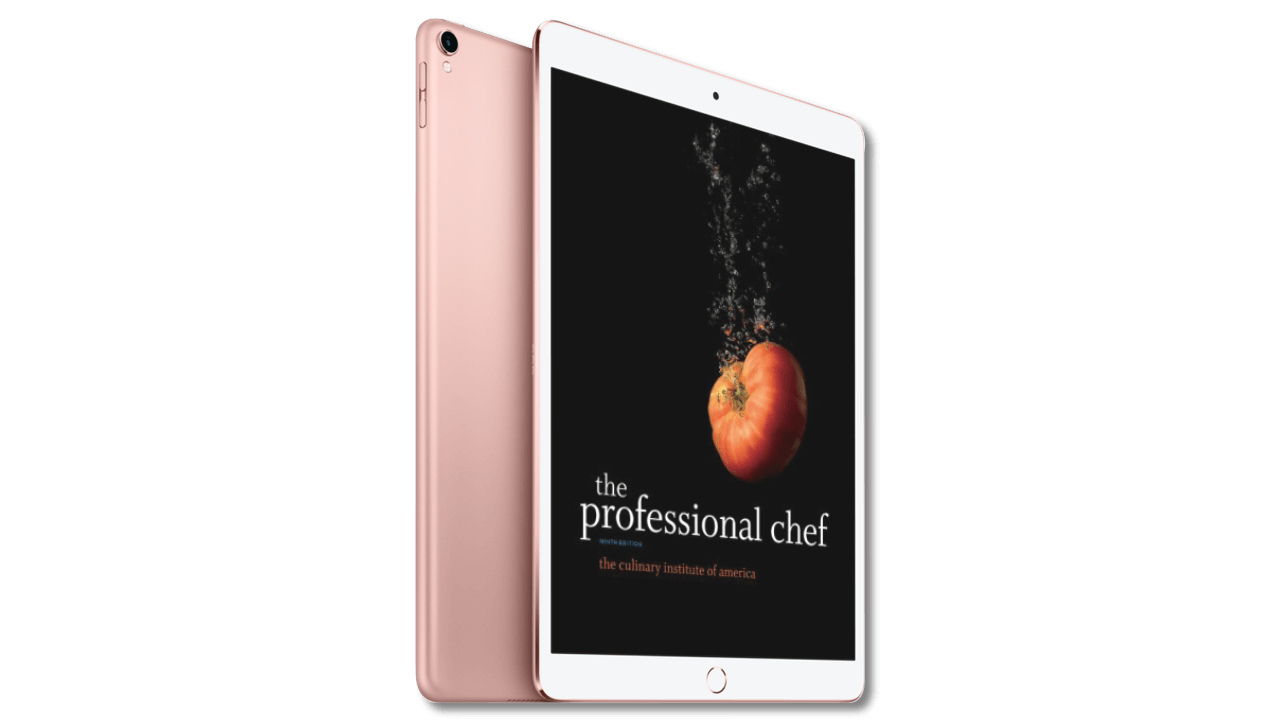
Benefits of making an interactive ebook app
1. Global reach. Making an ebook for a mobile app means it can be read anywhere. You don’t need to pay translators and publishing houses to spread the book internationally. Just publish it on the Google Play Store or Apple App Store to reach the widest audience.
2. Less effort than paper books. Preparing your ebook for publication involves making a proper mark-up using HTML; you need to place links to easily navigate through the book, prepare images and produce other content. Getting your paper book ready for publication is more strict. You must ensure that the document is formatted correctly—font looks as expected, page numbers are correct, images fit the page size—before finalizing and submitting to the printer.
3. More money generated by apps. The money an ebook brings in depends on more than just its price. You can set its cost (or make it free) in the app market; to make more money, however, the app can include in-app purchases, ads, subscriptions, sponsorships, and referral marketing.
4. Easier editing process. Typos and other errors are common in publications; applications give you the ability to correct mistakes without a large expense.
5. Instant purchasing. Consumers are not required to go to the library or bookshop to get a new ebook. They can find them on their devices, pay a small fee, and download them.
6. Environmentally friendly. The timber needed to create a traditional book results in a huge carbon footprint. Production, materials, transportation—and sometimes even reprints—lead to adverse environmental effects. The production of ebook apps does not require any trees, so using your smartphone as an ebook reader lessens the need for deforestation and poses far fewer environmental problems.
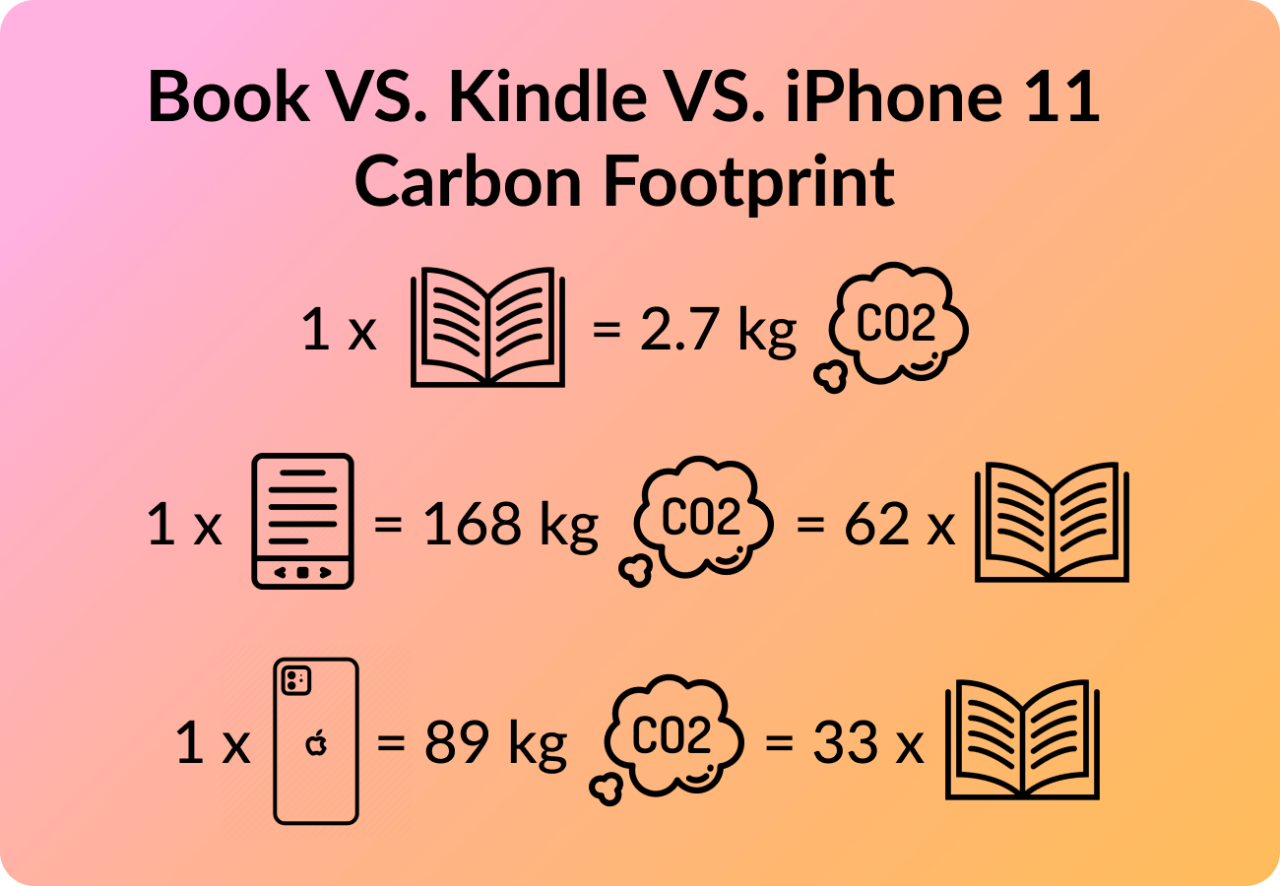
7. Enhanced Fascination. With an interactive ebook, you can easily switch between reading, watching and listening to increase productivity. Features such as note-taking, highlighting, word search and text-to-speak add variety to the learning process and make it a unique method. Ebooks thus constitute a unique way to improve your vocabulary, reading skills, and pronunciation all at once.
Ebook app development steps
1. Choose a topic and set targets
This step appears to be the easiest from a technical point of view. Practically, however, it fully defines the development process. Choose a topic you are passionate about regardless of what is currently trending and interesting to your target audience—you are the one that is going to write, edit, promote and sell the book.
2. Outline each chapter
While appearance and usability are important, the text is the main part of your book. Be sure that it is readable, user-friendly, and useful. Google Docs is a fantastic tool for writing a rough copy. It is a free service that gives you all the necessary features to work with text. Additionally, it saves your work automatically, meaning your work will never be lost. After writing the entire book, have it proofread by a professional native speaker who can improve your language and style.
3. Design your ebook cover
Think of ideas by analyzing bestsellers in similar categories. If you want your cover to have a picture on it, look through stock photo websites. Keep in mind that the typography should reflect the mood of your book.
4. Add interactive elements (video, audio, animation)
Remember that images and interactivity should not distract the reader; they should complement and elaborate on the text. Pictures, animations, and videos should illustrate things that cannot be easily explained through text. Always ensure that whatever interactivity you implement is supported by the desired devices.
5. Test
Your app must be tested to evaluate its look and feel. Check if the app requires long waiting times while it loads. View it on various screen dimensions using physical devices, not emulators. Ensure its compatibility with the latest versions of iOS and Android to prevent widespread issues. Test an offline access feature to ensure that the app functions without being connected to the internet.
6. Publish your ebook and track its success
Your target platforms are the Google Play Store and Apple App Store. The former requires a $25 one-time fee; the latter requires $99 per year.
Features and interface elements
Be sure that your interface is easy and pleasant to interact with. Ensure that elements are not too small or too big—they must be easy to manipulate. Consider the proper method of user interaction, such as swipe, tap or drag and drop. Mobile screens are smaller than those on laptops or tablets, so ensure that all elements are visible even on a suboptimal viewing platform.
Design the interface to be familiar to everyone to allow for easy navigation. Some established interface features that foster predictable navigation include the back button in the top-left corner, the search bar in the top-right corner and the page count at the bottom.
Readability is also an important element to consider. Prioritize ease of reading over beauty when it comes to text design. Use contrast, font size, and line spacing to allow for quick browsing through the text.
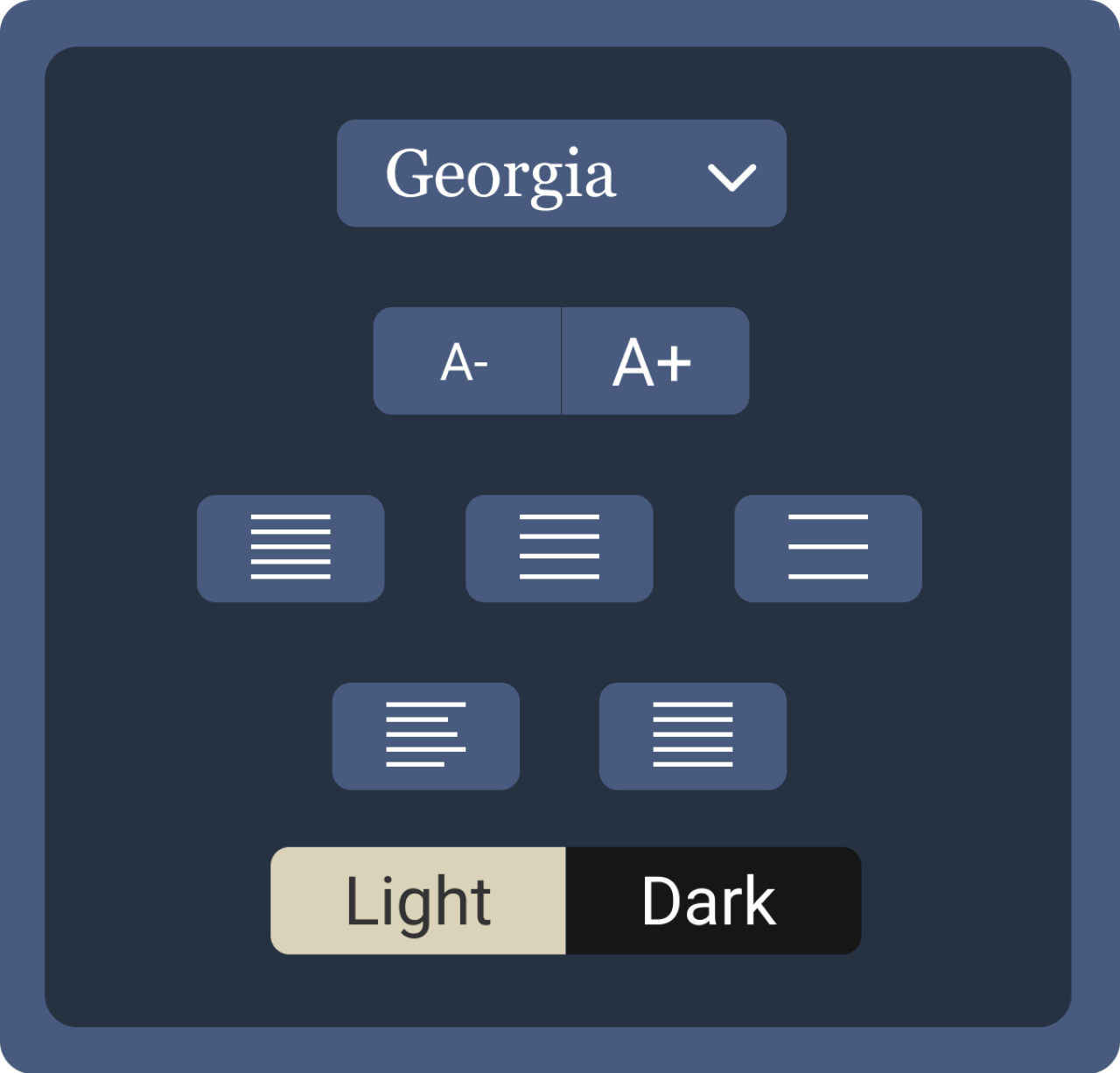
Images should not only be unique but also useful. They should be connected to the subject and spur the imagination.
Every page should be well-balanced. Place content according to a visual hierarchy. Since we read from left to right, we consider anything on the left side more important.
Below is a list of potential features and interface elements:
-
Images
-
Animation
-
Audio and sound effects
-
Video
-
Fact verification
-
Matching
-
Definitions
-
Quizzes
-
Crossword puzzles
-
Search bar
-
Bookmarks
-
Multilanguage support
-
Social media integration
-
Ratings and feedback
-
Offline access
Technology stack for ebook app development
If your goal is to create a best-selling ebook app, you should opt for native development. Native apps fit mobile device interfaces perfectly, providing simpler and better user experience. You should develop two apps—one for Android and another for iOS.
Android tech stack
For Android apps, developers typically use Java or Kotlin.
Java is one of the top programming languages in the world. It is useful for complex applications that need to be scalable. Kotlin, however, is a new language offering several beneficial features, especially for small projects.
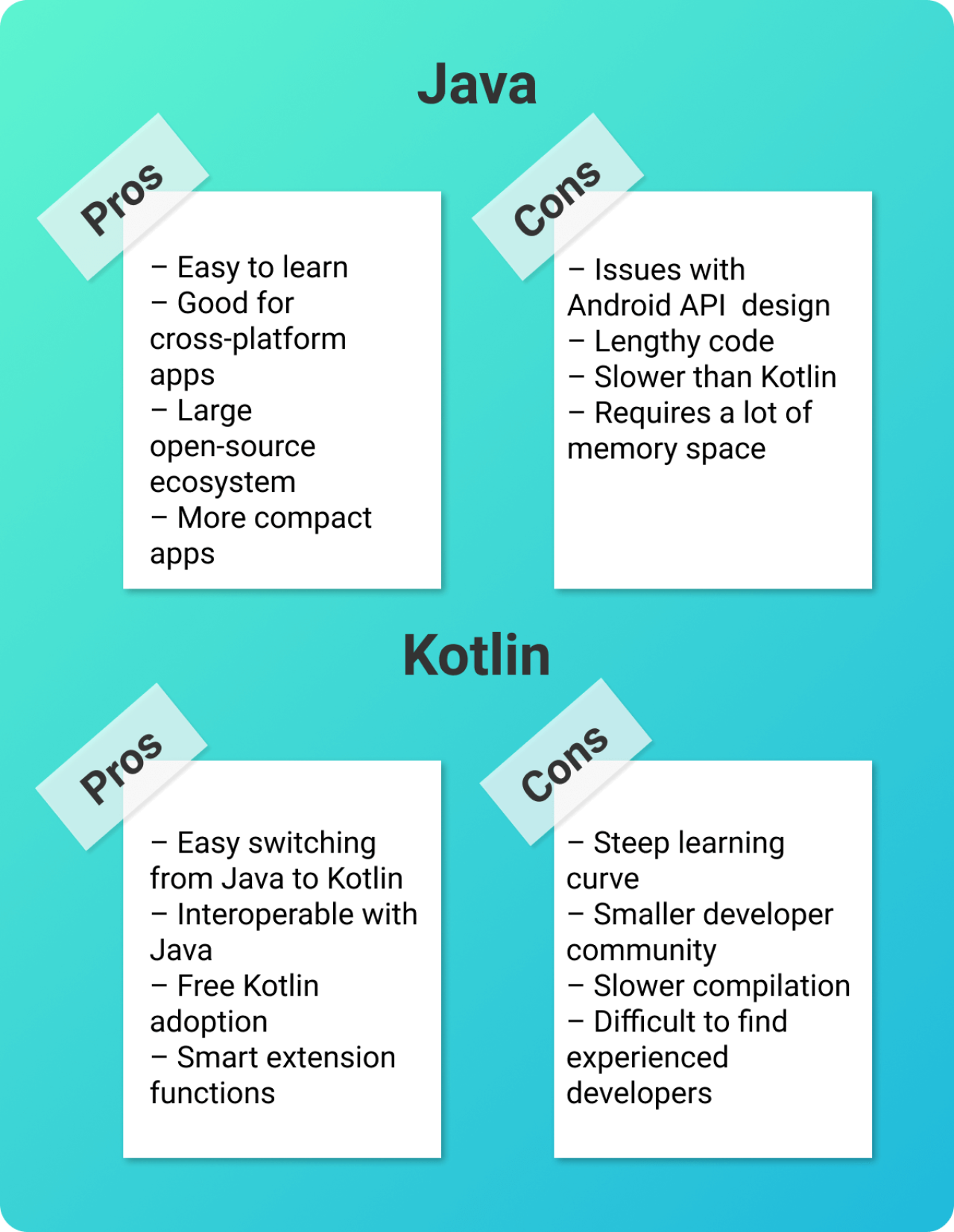
iOS tech stack
iOS development involves the use of Objective C or Swift.
Although Apple owns, promotes and regularly updates Swift, Objective C remains a popular option. You can review the advantages of both of them below.
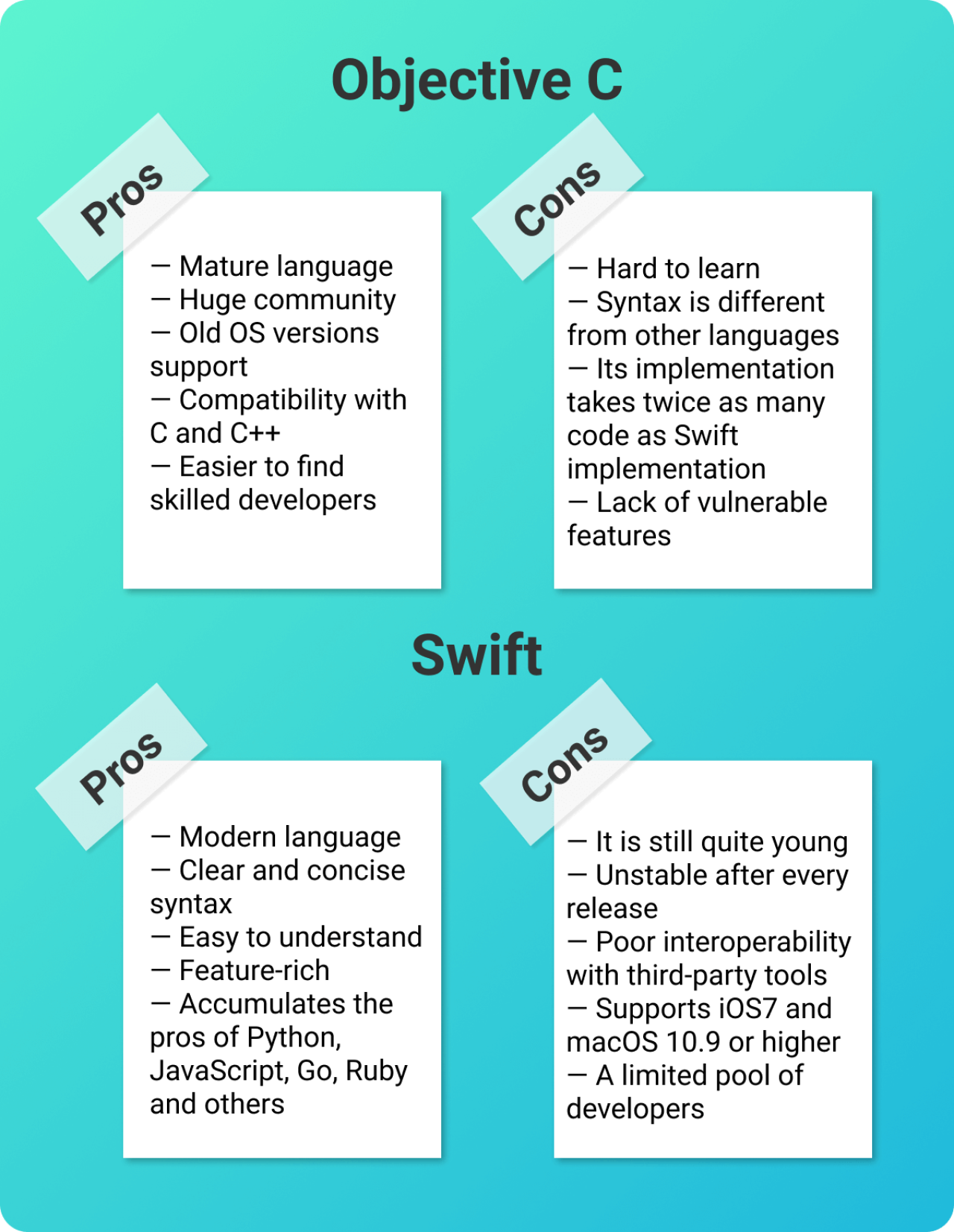
Cost of creating an ebook app
Our business analysts made a rough project estimation. In the table below you may see approximate time to create an interactive ebook app.
|
Feature |
Android (man/hours) |
iOS (man/hours) |
| Architecture |
10 |
10 |
| Permissions handling |
12 |
12 |
| Main menu |
8 |
8 |
| Page in a book (cost per page) |
12 |
14 |
| For parents |
8 |
10 |
| In-app purchases |
8 |
8 |
| Menu |
16 |
16 |
| Record a user’s voice |
6 |
8 |
| Listen to the recording |
6 |
6 |
| Payment system |
40 |
42 |
| Games integration |
26 |
28 |
| Bugfixing |
30 |
32 |
| Project management |
38 |
|
| Quality assurance |
75 |
|
| UX/UI design |
120 |
|
| Total hours |
609 |
|
Summing everything up, you will need around $30,500 to build an ebook with 20 interactive pages for both Android and iOS. Pay attention that the total price may vary depending on number of interactive pages, set of features, and team size.
Interactive ebook app ideas
The interactive ebook is an unusual way to share common information, so topics may vary greatly. Below is a list of interesting and creative possibilities:
-
Recipe collections
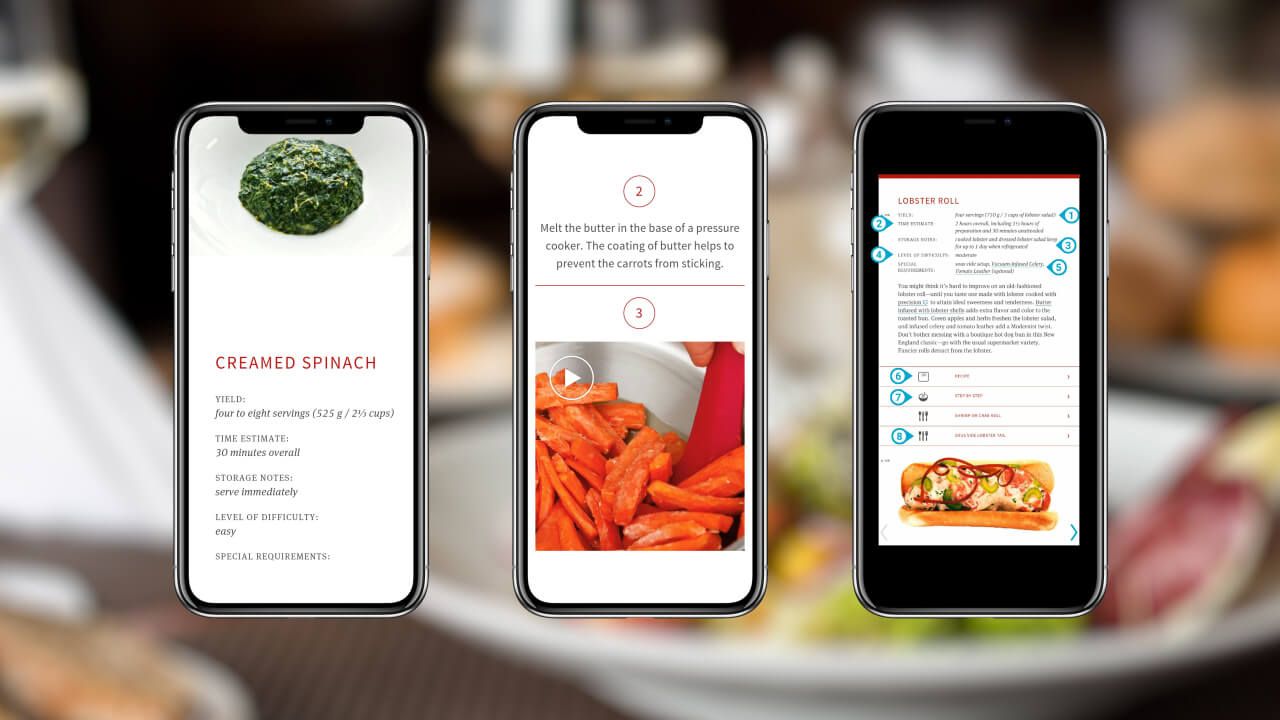
-
Fairy tales for children
-
Educational books with 3D illustrations
-
Safety rules
-
Advertising brochure
-
Horror stories
-
DIY tips
-
Yoga and fitness guides
-
Makeup tutorials
-
Magic trick tutorials
-
Travel tips
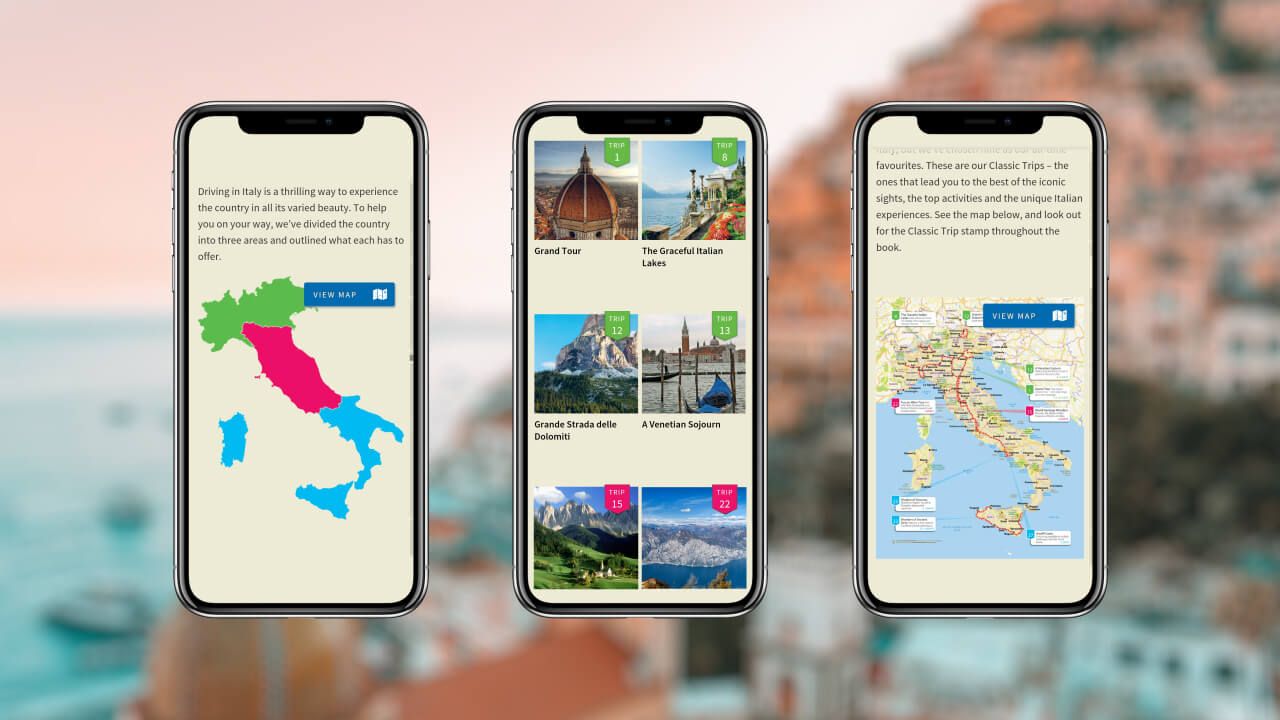
Conclusion
VironIT is happy to help you turn your traditional book into an interactive ebook app. Please reach out to get more information or a detailed project cost estimate based on your preferences.

 (7 votes, average: 4.71 out of 5)
(7 votes, average: 4.71 out of 5)



Dannielle Goldfeld says:
This article is a great inspiration for us!
Christina Kovalevich says:
Thank you for the feedback!
Jason says:
What are the best no-code options for creating an interactive ebook for the iPad? One that includes tap navigation and popups?
Christina Kovalevich says:
Hello, Jason! If you are familiar with Photoshop, you can use Kwik 2 plugin, Audacity, TexturePacker, and CoronaSDK to create ultimate interactive ebooks without any coding. Such a book will contain navigation, text highlighting, a read-to-me feature, and animations.